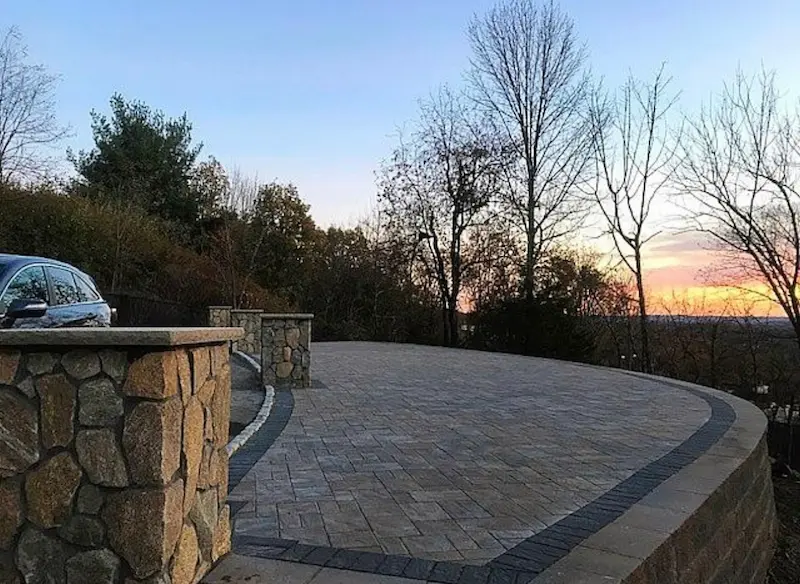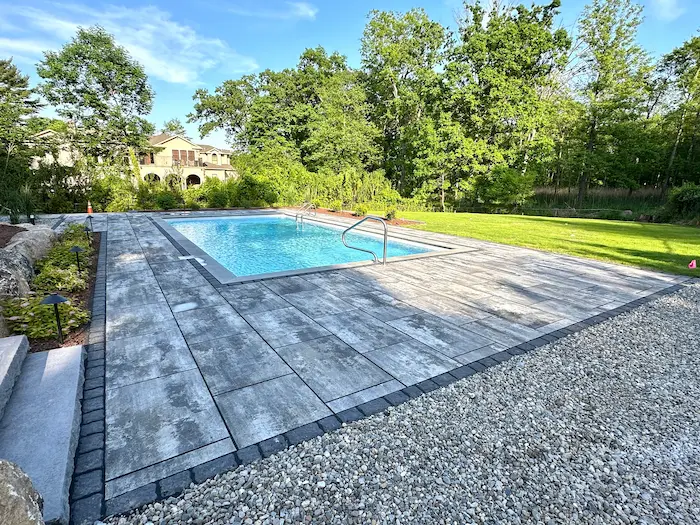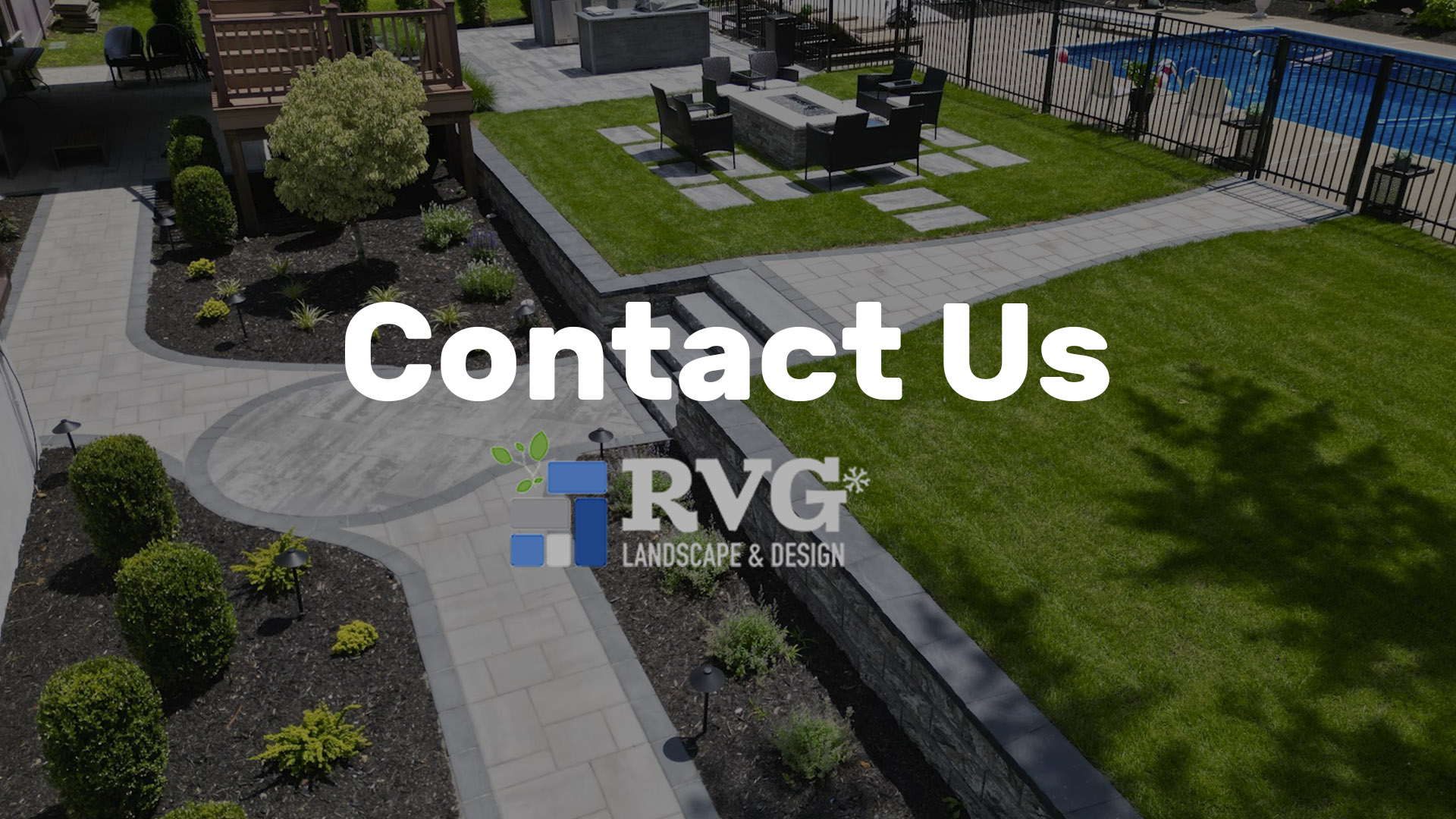If your property has a sloped yard or any uneven terrain, you’ve probably dealt with things like water runoff, soil erosion, or just a space that’s too steep to use. Maybe you’ve heard that building a retaining wall could be the answer, but you’re not sure what that means or how it works. You’ve come to the right place. Retaining walls are more than just decorative structures, they’re engineered solutions that can completely transform a sloped area into something useful, safe, and long-lasting. If you’re looking to make your backyard more functional or your commercial property safer and more polished, understanding how these walls work can make all the difference.
What Is a Retaining Wall?
A retaining wall is a structure built to hold soil in place. When you’re working with a slope, the goal is to stop that soil from shifting, sliding, or eroding every time it rains or simply over time. It’s like giving your landscape a solid backbone so it stays where it’s supposed to.
Now, this isn’t just a pretty rock wall or a pile of bricks stacked up. A true retaining wall is carefully planned and built to resist the natural pressure and movement caused by gravity and other elements of nature. When built correctly, it controls erosion, redirects water, and transforms a sloped area into a stable, functional surface.
How Does It Work?
Think of your property as a series of layers. When support is removed from one side, like excavating a slope, those layers can weaken, become unstable, and begin to shift or collapse. A retaining wall acts like a strong edge, keeping those layers intact and stopping the slide.
Here’s what’s going on behind the scenes:
- The wall is built into the slope. Part of it is below the ground, not just sitting on top.
- It’s angled slightly backward to lean into the slope, which gives it strength against the weight of the soil.
- A drainage system is often installed behind the wall to make sure water doesn’t build up and create pressure.
- Materials like concrete blocks, stone, or treated timber are chosen based on the height of the wall and the soil type.
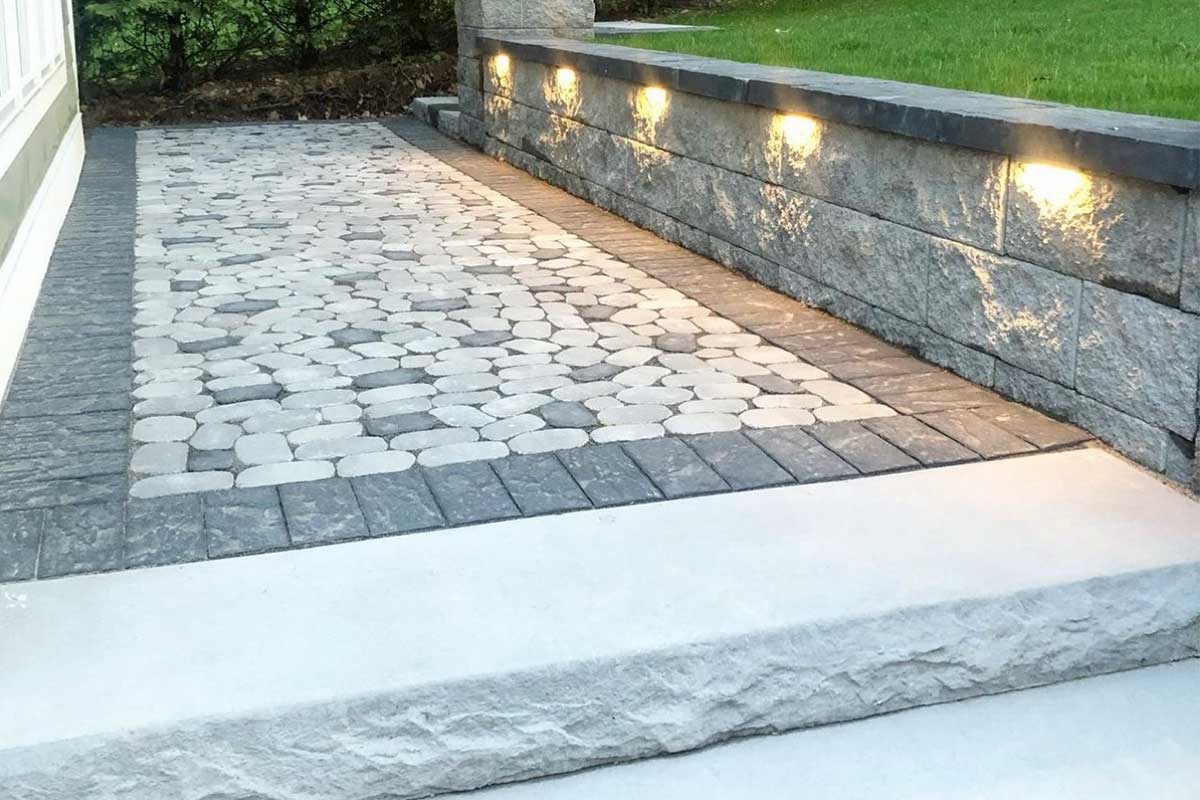
Why Sloped Properties Need Retaining Walls
Water tends to run downhill fast, carrying soil. Over time, that means erosion, cracks in pavement, puddles in undesirable places, and even foundation problems. A retaining wall solves those issues by leveling off sections of the slope, slowing down water flow, and keeping everything in place. The hill becomes a flat lawn, a garden bed, a walkway, or even a patio area.
Commercial vs. Residential Retaining Walls
For commercial properties, retaining walls can also protect infrastructure, keep parking areas safe, and make the landscape more accessible and attractive to customers. You’ll often see them outside office buildings, along entryways, or wrapping around driveways.
For homes, the same principles apply, the slight difference is that it is scaled down and adapted to the yard’s layout. Whether it’s a small garden wall or a full terraced yard, the function is the same: safety, stability, and better use of space.
Can I do it by myself?
Not really. Building a retaining wall, especially on a slope, is not your average weekend project. It requires digging, leveling, drainage planning, material selection, and some good engineering. And if it’s not done correctly, the wall could fail over time, creating bigger issues (and higher costs) than you started with.
With years of serving as contractors, we’ve seen it all, from walls that tilt after one season to improperly drained slopes that flood every time it rains. Trust us: a professionally built wall is worth the investment. It’s the kind of thing that will last for decades.
Curious What It Might Look Like?
Every wall is different depending on the slope, the soil, and the style you want. Some people prefer building walls with natural stone for a more rustic look. Others opt for smooth concrete blocks or treated timber to achieve a clean, modern look. The choice ultimately depends on your preferences and the structural requirements of your landscape.
You can always reach out with questions or for ideas, our team is here to help. Explore some of our retaining walls to see how these features can be part of a bigger outdoor vision.
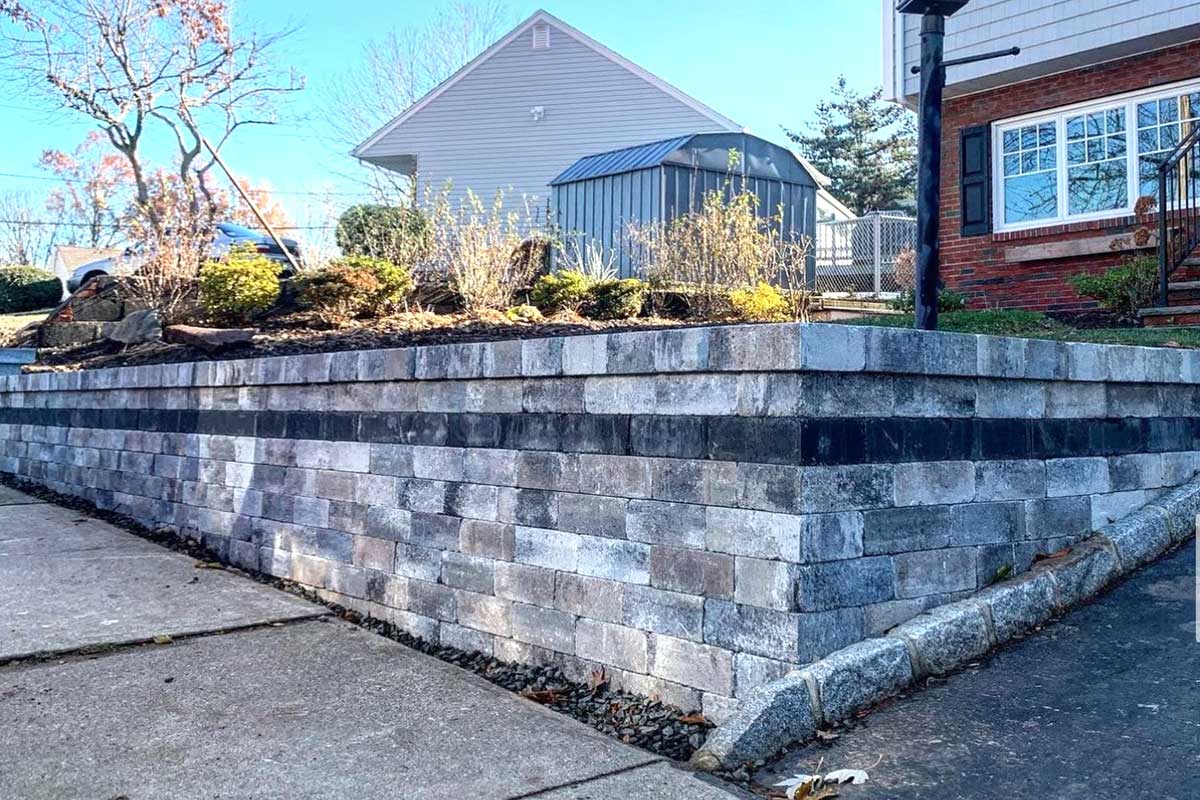
When the Ground Shifts, You Don’t Have To
If your property has a slope and you’ve been dealing with runoff, erosion, or wasted space, installing a retaining wall could be a smart, lasting solution for your property. It’s not just about holding soil in place. It’s about protecting your property, increasing the utility of your space, and giving your landscape a strong, lasting foundation.
Real solutions aren’t always dramatic; they begin with careful planning, the right tools, and a strategy to protect your property from erosion and instability. We design and build retaining walls that work and look great for homes, businesses, and everywhere in between. Explore everything we offer at RVG Landscaping Services, and let’s talk about what your landscape really needs!


